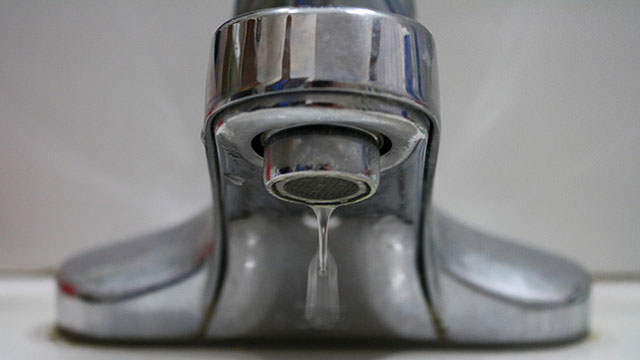
By Mina Kim and Molly Samuel
For generations, water meters have been an important tool for measuring how much water we use in California, and the drought has intensified the significance of that measurement. But in 42 communities, homeowners and businesses don’t have water meters installed. That adds up to more than 255,000 customers who pay a flat rate for their water.
Paul Rogers, the environment reporter at the San Jose Mercury News and managing editor of KQED Science, found that the flat-fee customers use more water, as he wrote in the Mercury News:
People without meters are charged a flat monthly rate in those areas for water, usually between $20 and $35 a month. And those communities use 39 percent more water per capita than the state average, according to an analysis of state Department of Water Resources records by this newspaper.
“The city with the most unmetered connections is Sacramento,” Rogers told KQED’s Mina Kim. “Only half of Sacramento’s connections have meters on them.” Bakersfield, Modesto, Lodi and Merced also have a significant number of unmetered connections. The first water meters began going in around World War I, so the communities with fewer meters lag far behind the rest of the state.
“Most of the big cities in California, including San Francisco, San Jose, Oakland, Los Angeles have all had meters on all their water connections since at least the 1940s,” Rogers said.
